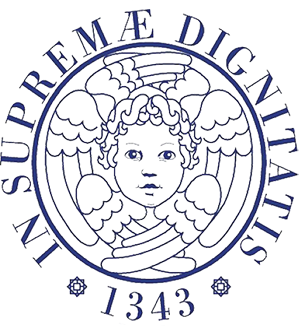Definition:
For papillotomy or ureteral meatotomy is an endoscopic urethral procedure which involves the opening of the ureteral meatus with resolution of the symptomatology related to the intramural or premural tract obstruction (the ureteral end of the ureter that slopes obliquely in the bladder wall). The procedure is performed for stones, ureterocele and papillomas.
The open surgery technique, now largely replaced by endoscopic therapy, can be contemplated in other trans-vesicular interventions that highlight one of the aforementioned pathologies or failures of first-choice endoscopic procedures.
Endoscopic indications:
- Ureteral meatus tumors;
- Symptomatic simple ureterocele;
- Meatus wedged stones not removable with ESWL;
- The impossibility of endoscopic ureterolithotripsy inherently linked to unfit meats;
- Together with the use of the Dormia basket for removal of ureteral stones.
Non-endoscopic indications:
- Impossibility to make the patient decubitus compatible with the endoscopic maneuver;
- Failure of endoscopic procedures.
Technical Description:
The endoscopic technique uses an endoscopic instrument (cystoscope) which, introduced into the bladder through the urethra, allows to visualize and affect ureteral meat. The maneuver can be carried out with special scissors or with a tool provided with a direct vision blade. Thermal resection is generally not recommended for the risk of postoperative diathermic sclerosis. The bladder catheter is advisable until the appearance of clear urine (1-2 days).
The open surgery technique, on the other hand, involves an incision of the ureteral meat along its major axis during a trans-vesicular intervention. For the management of the postoperative period, the major intervention procedures are valid: bladder catheter for about one week.
Preparation for intervention:
Preparation similar to other endoscopic surgeries according to anesthesiological requirements:
- Fasting from midnight on the day before surgery;
- Free of slag diet and possibly evacuating enema;
- Trichotomy;
- Antibiotic prophylaxis in single administration one hour before surgery;
- Antithrombotic prophylaxis in the open surgery (normally contemplated by major surgery) or in patients at risk.
Duration of intervention:
ENDOSCOPIC
- Operating time depends on variables related to the disease (from a few minutes to 30 minutes).
NOT ENDOSCOPIC
- Operating time depends on the main surgery.
Type and duration of hospitalization:
Hospitalization can be made under Day Hospital (1 day) or with ordinary hospitalization.
Ordinary hospitalization varies from 1 to 10 days.
Results:
The intervention is generally decisive.
Advantages:
ENDOSCOPIC
- Possibility of performing the procedure in Day Hospital;
- It can also be performed in local anesthesia (peri-meat local anesthetic infiltration).
NOT ENDOSCOPIC
- No advantage over the endoscopic procedure. There are still benefits of necessity or related to the contextuality of the main surgery that contemplates the opening of the bladder.
Disadvantages:
In the case of stones, additional procedures such as ureteroscopy or retrograde ureterography may be required (disadvantages covered by both procedures).
Complications:
ENDOSCOPIC
- Emergence of bladder-ureteral reflux in 55% of cases (generally low-grade and asymptomatic);
- Stenosis.
NOT ENDOSCOPIC
- The same as endoscopic surgery possibly increased by the main surgery.
On discharge:
There are no special recommendations to follow on discharge except that to urinate at a certain frequency avoiding excessive bladder extending.
How to behave in case of complications arising after discharge:
If colic pain occurs during urination or fever, it is advisable to contact the urologist of reference.
If bladder-like symptoms appear, the patient can contact his / her own physician for a urine examination and urine culture.
Checks:
The first postoperative control that falls within the DRG will be performed within 30-45 days.
In the case of interventions for cancer pathology, clinical tests will be carried out in accordance with current protocols such as lithiasic pathology, where specific metabolic evaluations may be recommended.
In general, a renal ultrasound evaluation is recommended after one month and a micturition cystography after three months in persistent painful symptoms.

